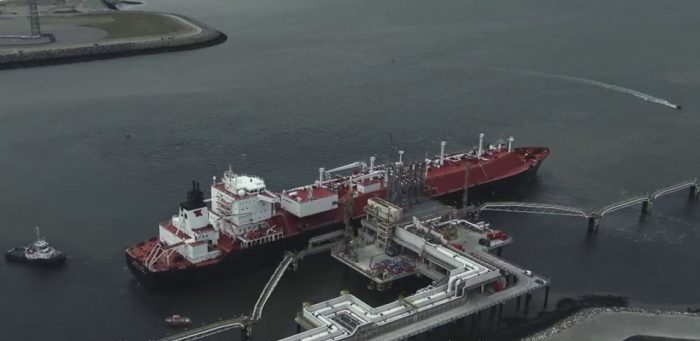As the adoption of LNG is becoming a reality amid emerging regulations in the industry, IAPH announced the launch of an audit and accreditation tool to recognise good LNG bunker facility operators and to have a deterrent effect on possible malpractice in the industry. The tool aims at supporting ports in making the transition from conventional HFO bunkers to low-sulphur offerings.
IAPH working group has, over the past 18 months, been developing the tool which seeks to ensure the responsibilities of the operator are clearly defined and that careful consideration is given to the way LNG bunker operations are organised at the front end. The LNG tool was officially presented in May at the IAPH conference in Baku and is now available on the lngbunkering.org website.
Ports are encouraged to visit the site and make use of the tool. Part of this audit tool is a bunker facility operators’ audit checklist that is based on industry standards, guidelines, and best practice, from, for example, the ISO, the Society for Gas as a Marine Fuel (SGMF), and the International Association of Classification Societies (IACS).
According to IAPH, using the audit tool, any bunker facility operator’s quality management system may be audited on eight safety criteria. Once audited and accredited, ports may issue a licence to operate in their port area. Participating ports may share their audit results and information on the safety performance of a bunker facility operator with each other.
With this system there is no need for a port to go through the entire audit process individually once an operator has already been audited by a participating port. An important win for the operator is that, once fully audited, it does not necessarily need to go through such an intensive process again when it wants to operate in a different port.
The development of the tool is a first step towards an accreditation scheme in which a third-party accreditor would perform the auditing. At a meeting in Bremen, Germany, in June 2018, the working group decided that results and experience from the use of the audit tool are required before a third-party accreditor is introduced.
At this meeting, there was also discussion about the scheme being expanded so that it becomes a blueprint not only for LNG bunker suppliers but also for suppliers of the upcoming new clean marine fuels such as hydrogen and methanol. The tool may even be used for future accreditation of conventional bunker suppliers offering low-sulphur oil-based fuels.
After work on the LNG tools has been completed, hopefully by the end of this month, the working group hopes to start focusing on a wide spectrum of clean marine fuels. The name of the group, therefore, as of 1 October 2018, is the IAPH Working Group on Clean Marine Fuels.






























































